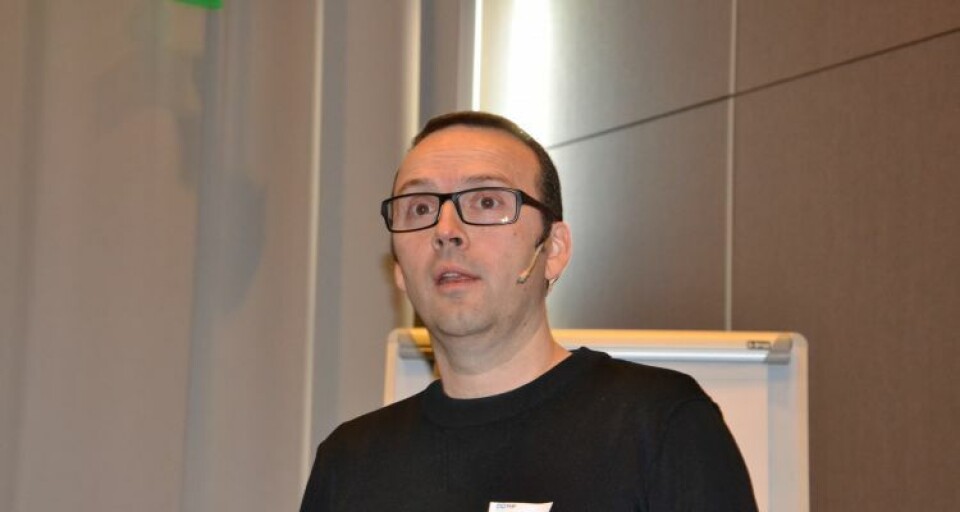
Production costs double in a decade
A new report has been published examining whether the fact that the cost of producing salmon in Norway has increased by 90% since 2005 means that Norwegian salmon is at risk from foreign competition.
The results of the report from Kontali analysis, commissioned by Nofima, were presented by Audun Iversen in Bergen this week.
Production costs in Canada, Chile, the Faroe Islands, Scotland and Norway were carefully compared. The main reason for the increase in costs was seen to be primarily feed and lice (fish health) issues, according to Iversen.
“In 2003, Chile was the only country that had lower production costs than than Norway and the Faroe Islands, which were roughly equal,” says Iversen.
However, Chile had a huge increase in costs after 2009 due to various challenges such as ISA, volcanic eruptions and predators and now the production cost is higher in Chile than in Norway.
Canada appears to have the lowest increase in production costs, while Scotland has had a steady, but relatively high, increase in costs.
“Feed cost dominates, but in Scotland the cost of smolt production is more expensive, while they also suffer from smaller, less efficient sites,” continues Iversen.
When currency is isolated and expenses are compared, however, a clear trend in costs is revealed.
“Feed cost and smolt production increases are virtually identical in all countries,” says Iversen.
“What distinguishes countries are mainly fish health costs, which are lower in Canada than other countries, while they are higher in Chile and the Faroe Islands,” summarizes Iversen.
He adds that the biological performance varies somewhat between countries, and sites mean that the volume and efficiency vary. Differences in legislation also have an impact.
He concludes that only the Faroe Islands produce salmon for less than in Norway, “but since they produce so little volume, production in Norway remains competitive”.























































